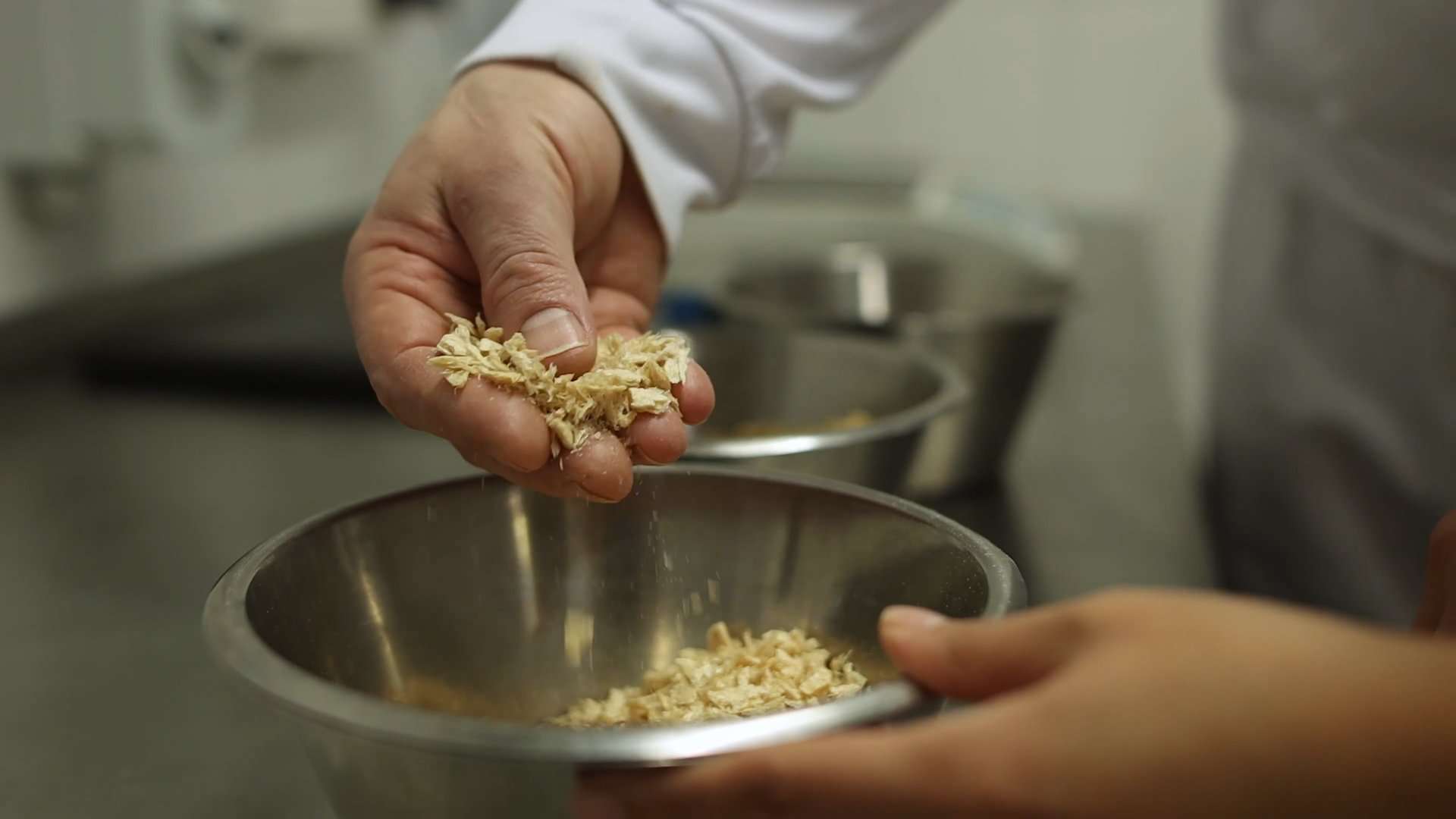Proteins and fibres are the building blocks of current plant-based development strategies. But with so much choice, how can manufacturers select the right ingredients for the best results? It’s a question of taking an integrated approach, as Jocelyn Hernandez, senior project manager at KaTech, explains.
With so many different types of proteins and fibres now available, identifying which to use in product formulations has never been more challenging. The sheer scale and scope of global supply means that functionality and characteristics can vary enormously. And that’s before you factor in differences between producers and processes within categories that range from fava bean and chickpea proteins to apple, bamboo and citrus fibres.

This level of complexity means that having a comprehensive understanding of plant proteins and fibres is essential. With this information, formulators can then identify which is the most suitable source to use in specific applications. For instance, knowing how different pea proteins behave under different processing conditions will dictate the required emulsification properties to deliver an indulgent vegan yogurt.
But in this highly innovative space, keeping pace with the latest developments is not easy. It takes valuable time to analyse potential sources and secure consistent supply. The key, therefore, is to work with a partner that has the technical capabilities and ingredient portfolio to provide safe, effective and rapid solutions.
So what does this look like in practice?
Functionality first
At KaTech, we invest a great deal of time in understanding the functional properties of individual sources of fibre and protein. Does it bring any solubility? How does it perform in terms of emulsification? Is it a good gelling agent? What is the water binding capacity? And so on.
By building a detailed picture of available raw materials within each category, we can quickly identify which is the right one to use in specific applications. A vegan burger, for instance, is likely to benefit from a pea protein that offers good viscosity and gelling properties. Whereas a non-dairy drink formulation needs a source with a cleaner taste and brighter colour.

At the same time, it’s important to know how proteins and fibres work in synergy – both in terms of each other and wider ingredients. By understanding these interactions, our food technologists have the tools to achieve specific functionalities such as the ideal rise in high protein muffins or an appealing texture in meat-free nuggets. Crucially, they can also help manufacturers develop products that align with some of the most influential trends shaping the plant-based category.
** Click here to read the full-text **










